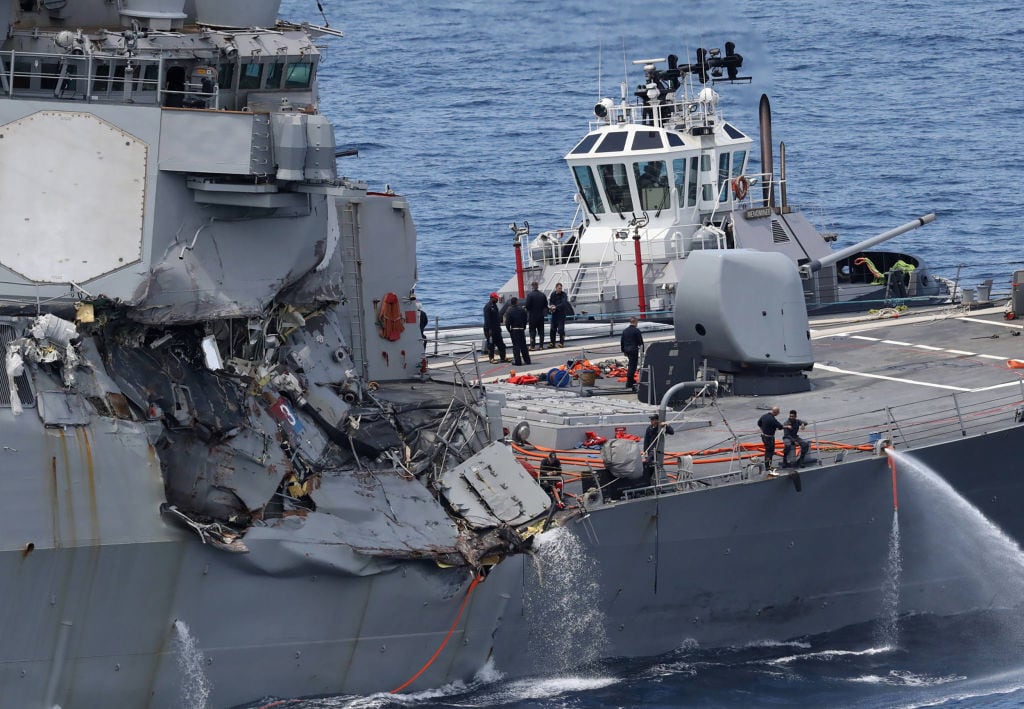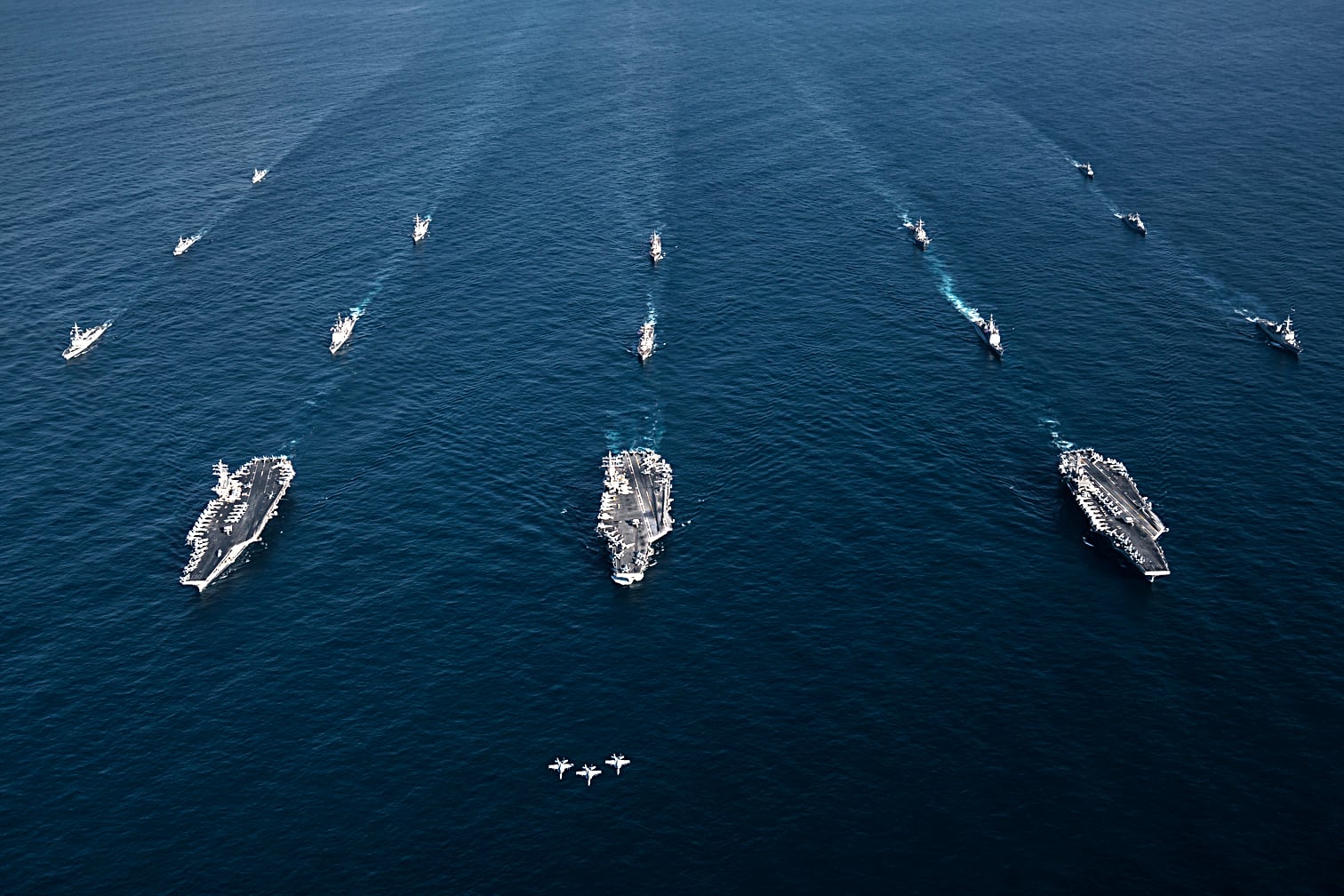Our nation continues to address regional security challenges in the Indo-Asia-Pacific region, including the contentious South and East China Seas and an increasingly belligerent North Korea.
These challenges, along with those posed by Russia in the Mediterranean Sea and elsewhere, are a serious threat to the United States which must be met with strength, resolve and a realistic plan.
The U.S. Navy will continue to play a vital role around the globe to meet these challenges, but it cannot continue to do so under current conditions. Our Navy needs more ships, more resources and more time to complete maintenance and training in order to operate at the necessary pace the nation requires.
Over recent days, Navy leaders have released several editorials and publicly commented about the challenges of a growing demand for Navy assets. Underlying these opinions is a recognition that the Navy is stressed to meet current requirements and that the demand for Navy forces should be tempered.
In 1989, for example, the Navy often had 100 of its nearly 600 ships underway performing operations around the globe. Today, the Navy still maintains an average pace of 100 ships underway but only has 277 ships to accomplish the ever-increasing slate of missions. Facing this reality, we cannot continue to ask the Navy to do more with less — especially in terms of ships — and expect them to respond without consequences.
RELATED

Speaking at the Surface Navy Association’s National Symposium recently, Navy leaders commented that sailors need “time to maintain their gear, time to refresh their basic individual and team skills, and time to unwind,” then added that time can only be achieved through two things: more ships and fewer obligations. I take this as a call for help, and Congress will play a pivotal role in helping the Navy restore operational balance.
With this in mind, I firmly believe we should pursue procurement strategies that save money and bring more ships, at a faster pace, to the fleet. First and foremost, this scenario would allow the Navy to put less strain on each warship by spreading the workload across a larger fleet. Second, sailors would have more time to train toward a rigorous standard and complete necessary maintenance before getting back underway.
The positive effects are not limited to just the Navy. This plan also results in wins for both the American taxpayer and the men and women in shipyards across the country who work diligently each day to build our nation’s warships. By providing certainty and stable levels of funding for shipbuilding, we can achieve significant cost savings. But to do so, we must act now.
To this end, I recently led a letter to Secretary of Defense Jim Mattis advocating for a dual procurement of Gerald R. Ford-class aircraft carriers in the fiscal year 2019 budget. This issue has broad bipartisan support in the House of Representatives, as evidenced by the 130 members of Congress who joined me on the letter.
Backed by Department of the Navy and industry analyses, initial cost saving estimates of $2.5 billion could be achieved through dual procurement of carriers when compared to single ship procurement. The Navy currently has 11 aircraft carriers, but has indicated a need for more. Therefore, we must now work to increase our number of carriers in an economically responsible manner.
Clearly the demand signal exists for increased carrier presence, but demand for other classes has increased as well. We shouldn’t limit smart acquisition to just aircraft carriers.
A recent article outlined the successes of multi-year procurement for Virginia-class nuclear-powered fast attack submarines and Arleigh Burke-class destroyers. The Columbia-class ballistic missile submarine can save hundreds of millions of dollars per submarine if the Navy pursues efficient contracts.
Congress plays a vital role in ensuring that our Navy has the resources it needs to operate effectively and to fulfill critical missions. We cannot be complacent. Through effective acquisition, we can give the fleet the ships it needs to meet the challenges of today and prepare for the threats of tomorrow.
Congressman Rob Wittman represents the 1st District of Virginia. He serves on the House Natural Resources Committee and the House Armed Services Committee, where he is the Chairman of the Seapower and Projection Forces Subcommittee.





